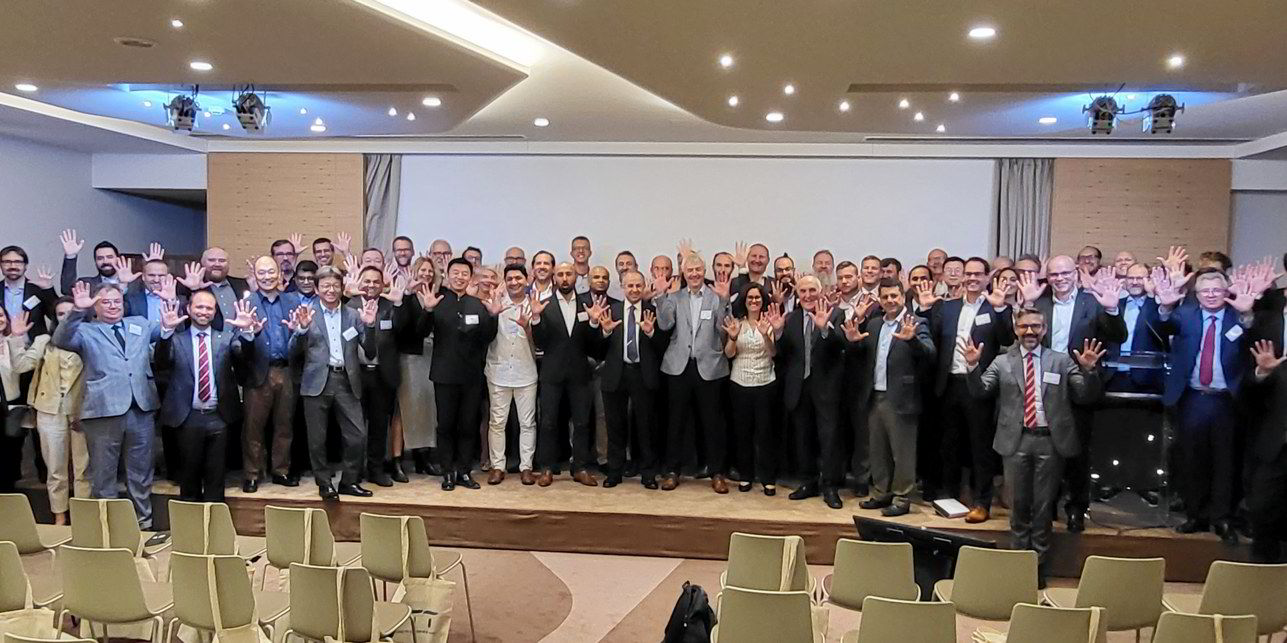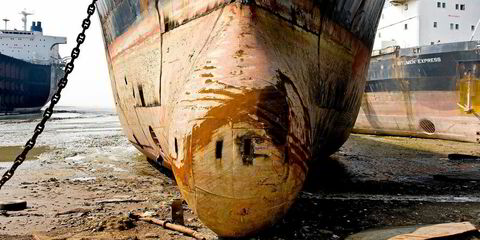Dutch shipowner Anthony Veder is aiming to get its shipping operations to net zero by 2035, some 15 years in advance of the International Maritime Organization’s target for the industry.
Speaking at the Society for Gas as a Marine Fuel’s European members forum in Paris on Wednesday, Anthony Veder commercial and sustainability director Bjorn van de Weerdhof acknowledged that the company has set “an ambitious goal”.
He said Veder plans to use existing technologies and widely available fuels to reduce emissions.
Van de Weerdhof said Veder’s fleet renewal will be an important factor in this in that the company needs to replace almost all of its vessels that are not currently running on LNG in the next 12 years.
He outlined that Veder can save 30% to 40% on its emissions by using technology citing fuel efficiencies, electrifying ships, dual-fuel engines, wind-assisted propulsion and the use of shore power as examples.
He added that using LNG as a fuel could save help save a further 15% to 20%.
“With existing technologies and LNG as fuel, we can already save 40% to 60% on our greenhouse gas emissions,” he said. “It is a very optimistic story.”
Making the jump
Beyond this to move further to net zero, Van de Weerdhof said methane slip abatement technologies, onboard carbon capture and storage and then blending in bio-LNG and other fuels can get the company closer to its target.
He said Veder is also preparing for when other zero-emission fuels become available and wants to make that jump together with its customers.
Van de Weerdhof said that although the company welcomes the development of alternative fuels, it does not see these coming in vast quantities of zero-emission fuels in the next decade for interested users.
As a result of the shortage of fuels, there will be more competition and he said it makes sense for these fuels to be used where there is far greater reduction potential.
Van de Weerdhof reminded that Veder celebrated its first small-scale LNG carrier running on LNG in 2012 — a year before SGMF was founded.
The company launched its first LNG-dedicated LNG bunker vessel in 2017 carrying out operations with a cruise vessel two years later.
Today, 30% of Veder’s fleet is comprised of LNG-fuelled vessels and the company also has two ethylene carriers running on LNG.
Veder is also working on the design of an ammonia carrier that will use ammonia as a fuel.
But Van de Weerdhof said the success of the past is definitely no guarantee of future results.
He said the company’s vision remains — “helping others and helping each other to make a change to gaseous fuels, as we believe it is supporting the maritime industry decarbonise.”






